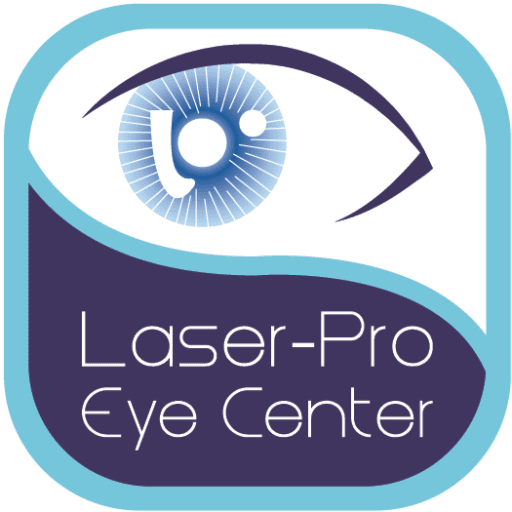Botox Injection
Treatment
What is blepharitis?
Blepharitis (blef-uh-RYE-tis) is the inflammation of the eyelids (Fig 1). It can affect people of all ages, but it is more common in the older population. The eyelid margins, comprise of eyelash openings (follicles) on the front aspect, and oil gland openings (Meibomian glands) behind the lashes.
Before

After

What treatments are available?
Blepharitis (blef-uh-RYE-tis) is the inflammation of the eyelids (Fig 1). It can affect people of all ages, but it is more common in the older population. The eyelid margins, comprise of eyelash openings (follicles) on the front aspect, and oil gland openings (Meibomian glands) behind the lashes.
- Cleaning your eyelids to remove the crusts and scales from the eyelid margins and unblock the eyelid glands. To begin with, you may need to clean your eyelids twice a day. In the long-term, you will need to clean them at least two or three times a week to prevent blepharitis from returning.
- Artificial tear drops to treat dry eye symptoms and tear film instability
- Antibiotic eye-drops and ointments to treat acute infection, if present.
- Flax seed oil supplements have been shown to reduce the symptoms of blepharitis and dry eyes. They are not available on prescription, but you can buy them from a range of pharmacies and health food shops.
- Mild steroid eye drops to treat any associated corneal and conjunctival inflammation. These are only given for short courses and only under the supervision of your ophthalmologist.
- Antibiotics – Some forms of blepharitis such as posterior types and those associated with rosacea need to be treated with a course of antibiotic tablets (tetracyclines). You may need to take these for several months.
** If you have any allergies to medicines please tell your ophthalmologist. If you are pregnant or breast feeding, you should not take tetracyclines. You may not be able to take them if you have had liver disease or kidney disease. Please tell your ophthalmologist if you have had a history of these conditions. Long-term use of tetracyclines has been linked to the failure of oral contraception, but this is rare. You should not take tetracycline with milk or antacids.
How do I clean my eyelids?
- Wash your hands.
- Soak a flannel / washcloth in warm water (make sure the water is not too hot). Close your eyes and gently press the flannel against them for three to five minutes. This will help to soften any hardened oil secretions.
- Massage your eyelids using your forefinger. Move in a downward motion for the upper eyelid and an upward motion for the lower eyelid.
- Add 2 drops of medicated baby shampoo into a small cup of cool, boiled water (about 50 ml). Soak a cotton bud in the water. Use the cotton bud to clean your eyelids. Gently rub the cotton bud along the edge of the lower lid (Fig. 2) – it helps to tilt the lid outward using a finger from your other hand. The upper lid is more difficult to clean. It is best done with the eyelid closed and pulled slightly over the lower lid – this makes sure that you can’t poke yourself in the eye.
- You can put in your ointment / drops after you’ve finished cleaning your eyes.
Side effects
The main side effects are an allergy or irritation to the drops, ointments and other medication used to treat your eyes.
These side effects include:
- worsening redness
- worsening sore eyes
- increased itchy eyes
- worsening / blurring of vision
The side effects are similar to the symptoms of blepharitis. So, if you feel your symptoms are getting worse, please contact your doctor. Because several different types of medicines may be used in the treatment of your blepharitis, it is not possible to list all potential side effects here. You should refer to the company’s information leaflet supplied with your medicine.
